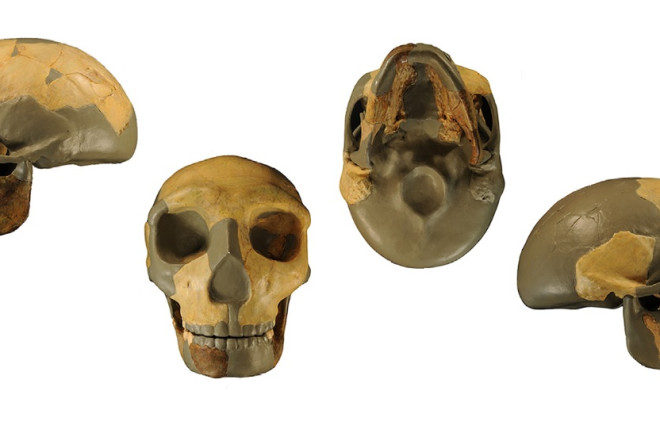A 300,000-year-old skull recovered from an archaeological dig in China could prompt a new branch on the human family tree. The development comes after scientists have spent years studying the skull and puzzling over its combination of archaic and modern features.
The new paper published in the Journal of Human Evolution joins an existing call to found a new human species closely related to our Homo Sapiens.
The study is the first attempt to fully classify the skull and its features of a flat face and teeth of a modern human. These characteristics clash with other skulls derived from earlier in evolutionary history, including the flattened chin of a Denisovan, and the skull cavity and jaw of a more archaic human.







